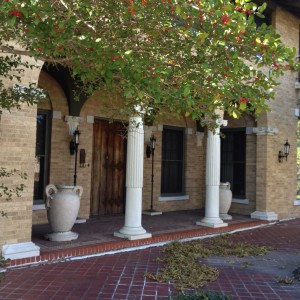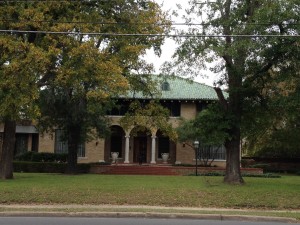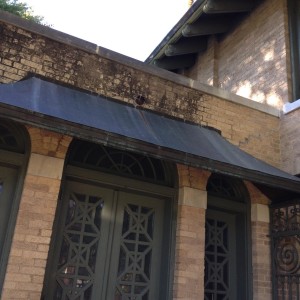North Texans are not very different from anyone else. If you are reading this blog, you are probably interested in the history of your town, or the town where you grew up, or the ancestral hometown. I have lived in Greenville, Texas, for just under forty years. Before that, I grew up in Jacksboro, Texas. Both are in North Texas. And I find the history of both extremely interesting. Recently I have had a couple of opportunities to investigate house histories, one of my favorite things to do. I want to share some of my findings with you.
A rudimentary knowledge of architectural styles can help determine the date of a home or a neighborhood. It can also lead to clues regarding the economic status of the residents. An excellent sourcebook is A Field Guide to American Houses by Virginia and Lee McAlester (New York: Alfred A. Knopf, Inc., 2009 edition). Sanborn Fire Maps for the town or city are very useful in estimating a construction date. Local newspapers often feature articles regarding parties and soirees given in the home.

Entryway featuring three arches supported by stone columns. Urns and Roman Classical statuary are common additions.
From about 1890 through the middle of the Great Depression in the 1930s, many wealthy Americans chose to build new homes in the Italian Renaissance style of architecture. In many of the smaller towns and larger cities in North Texas, this style of home is sometimes found.
Characteristics include a façade highlighted by an arched recessed entry. Arches are supported with stone columns. The low-pitched roof is usually covered with red tiles. Occasionally the roof has three arched dormers. Elaborate cornice-line brackets are found under the wide eave overhangs surrounding the house. The upper-story windows are smaller and less elaborate than the windows below. Those are floor to ceiling with stone or masonry surrounds reflecting the arches in the entry.
Interiors are often spectacularly elegant. Marble fireplaces, wrought-iron staircases, and plush carpet subtly let the visitor know this is a residence of wealth. Formal living rooms, dining rooms, as well as music rooms and libraries are staples of the Italian Renaissance homes. Basements and radiant heat are not unusual. Landscaping was also very formal with large porches, ponds, and formal gardens. Enclosed sunrooms added an extra extravagance to the home.


